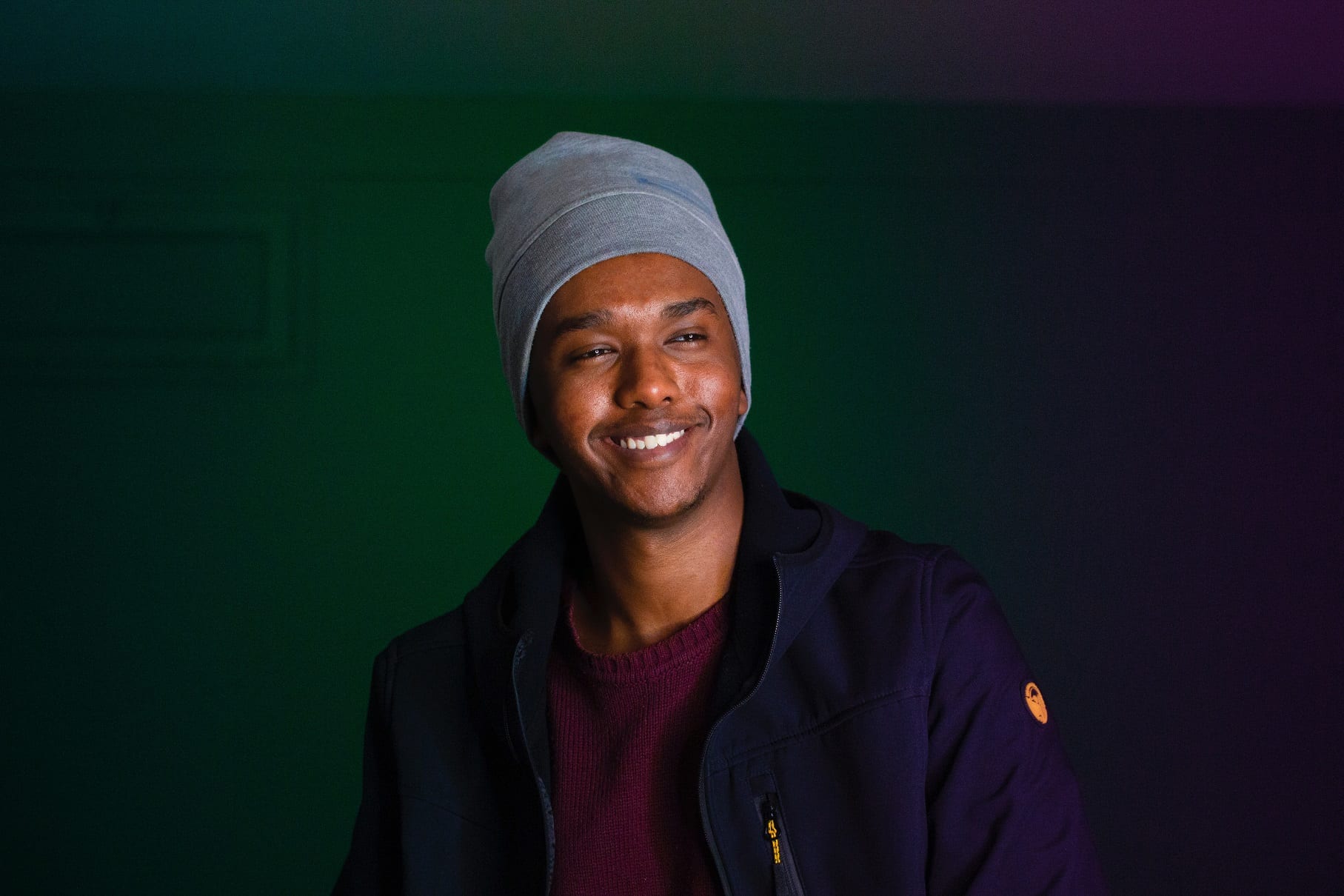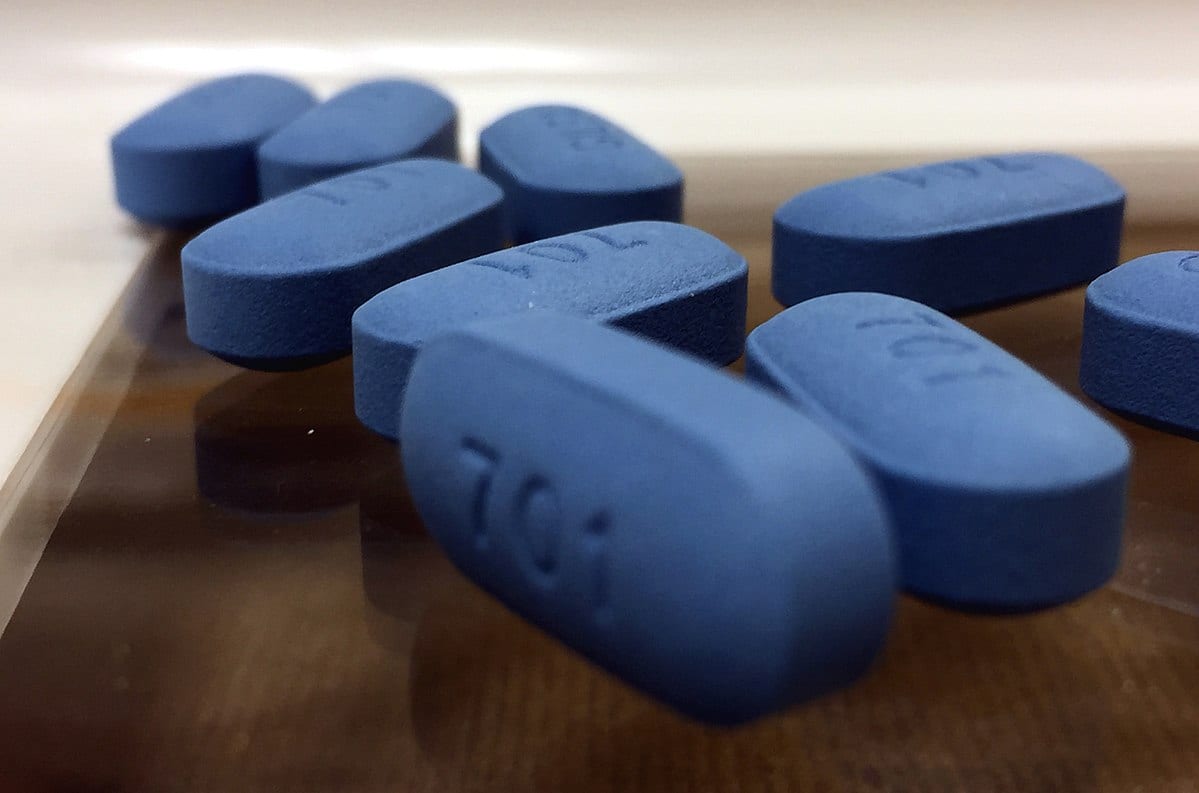
HIV rates are on the rise for straight people while they’re declining for LGBT people… at least in Australia.
The 2018 surveillance report by the Kirby Institute has given us an updated look at the situation around HIV and STIs in Australia. Turns out, infection rates in the country are at an 18-year low. There were 835 new HIV diagnoses in 2018, which marks a 23% decline within the past five years. Then splitting that up into subgroups, men who have sex with men show the highest drop with 30% fewer diagnoses. Unfortunately, straight people didn’t get off so lucky.
For straight people, the rate of new infections has stayed fairly constant for the past five years. They make up about 200 new infections in Australia every year. Before, straight people only made up 1 in 5 new HIV infections in Australia. Now, the number has changed to 1 in 4.
But what’s the cause of this change in men who have sex with other men and lack of change in straight people? Researchers think it’s PrEP and attitudes around the illness.

Single pills (brand name Truvada) containing two antiretroviral drugs, emtricitabine and tenofovir disoproxyl fumarate. Truvada is used for pre-exposure prophylaxis, or PrEP, a strategy in which healthy people routinely take antiretrovirals to reduce the risk of becoming infected with HIV. Credit: NIAID
When used properly, PrEP (or Pre-exposure Prophylaxis) can be 92% effective in preventing HIV infection. Because of the staggering rate that men who have sex with other men were infected with the illness, attention and education on treatment were primarily directed towards them. Meanwhile, straight people were left primarily in the dark.
Straight people are not only less likely to know about or use medication like PrEP but they are even less likely to get tested for STIs like HIV. Only one in three straight people have ever been tested for the virus.
James Ward, associate professor and head of the Infectious Diseases Research Program for Aboriginal Health at the South Australian Institute for Health and Medical Research, spoke with The Sunday Morning Herald to note how we need to create more campaigns to inform all citizens of the risks for contracting HIV.
“We need targeted, culturally appropriate, community-focused campaigns to increase testing and treatment and PrEP and we need to focus on increasing awareness, both within the community and among healthcare providers.”
Sources: The Kirby Institue, LGBTQNation, the Sunday Morning Herald
